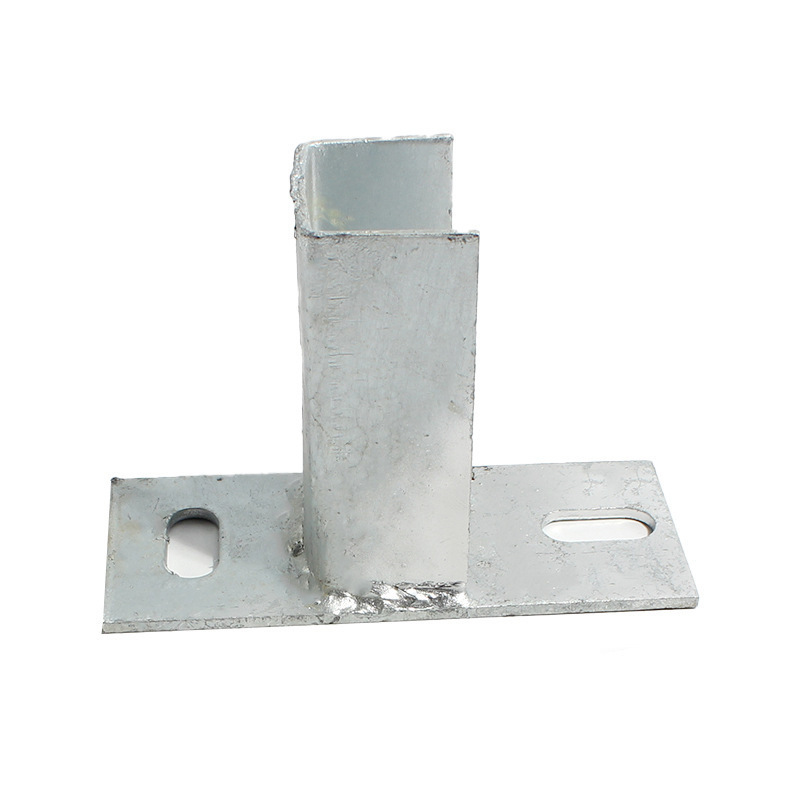

How to Effectively Use Self-Tapping Screws in Wooden Projects
Nov . 07, 2024 09:37 Back to list
How to Effectively Use Self-Tapping Screws in Wooden Projects
The Art of Using Self-Tapping Screws in Woodwork
In the world of woodworking, precision and efficiency are paramount. Whether you are a seasoned carpenter or a DIY enthusiast, choosing the right hardware can significantly impact the success of your projects. One such hardware that has gained immense popularity due to its convenience and effectiveness is the self-tapping screw. This article explores the benefits, applications, and best practices for using self-tapping screws in wood.
Understanding Self-Tapping Screws
Self-tapping screws are specialized fasteners designed to create their own hole as they are driven into the material. Unlike traditional screws, which require a pre-drilled pilot hole, self-tapping screws can quickly and easily penetrate wood, metal, and plastic with minimal effort. This unique feature not only expedites the assembly process but also enhances the stability of the joints.
The screw’s design typically includes a sharp point that allows it to pierce through the surface and cutting threads that engage with the surrounding material. They are available in various sizes, shapes, and materials, making them suitable for a variety of applications.
Advantages of Using Self-Tapping Screws in Woodwork
1. Speed and Efficiency One of the primary benefits of self-tapping screws is the time they save. Since they do not require pre-drilling, an entire project can be completed faster. This is particularly advantageous when working on large assemblies or repairs.
2. Strong Connections Self-tapping screws provide strong and reliable connections. Their threaded design allows for excellent grip in wood, reducing the likelihood of stripping and loosening over time. This makes them ideal for applications where durability is crucial.
3. Versatility These screws can be used in various wood types, from softwoods like pine to hardwoods like oak. They are also effective in layered constructions, such as plywood or laminated materials.
self tapping screws into wood

5. Ease of Use The straightforward nature of self-tapping screws means that they can be used effectively with minimal training. This makes them an excellent choice for home improvement projects where a simple installation process is desired.
Best Practices for Using Self-Tapping Screws in Wood
To achieve the best results when using self-tapping screws in woodwork, consider the following best practices
1. Choose the Right Screw Select the appropriate size and type of self-tapping screw for your project. Factors such as the thickness of the wood, the weight of the structure, and the intended use should be taken into account.
2. Use a Power Drill Although self-tapping screws can be driven by hand, using a power drill with the appropriate screwdriver bit will ensure a quicker and more consistent application. Adjust the drill speed according to the type of wood being used to avoid damaging the material.
3. Maintain Steady Pressure When driving the screw into the wood, apply steady, even pressure. This helps ensure that the screw penetrates cleanly and creates a secure connection without stripping the material.
4. Avoid Over-tightening Be cautious not to overtighten the screws, as this can lead to a weakened joint or damage to the wood. Use your judgment to stop when the screw feels securely in place.
5. Test on Scrap Wood If you are new to using self-tapping screws, it’s wise to conduct a few test runs on scrap wood. This will give you an idea of how the screws behave and help you adjust your technique accordingly.
Conclusion
Self-tapping screws have revolutionized the way we approach woodworking projects. Their ability to streamline the assembly process, coupled with their durability and versatility, makes them an invaluable tool in any woodworker's arsenal. By understanding how to effectively use these screws, you can enhance your projects and achieve professional-quality results, all while enjoying the satisfying experience of working with wood. Whether building furniture, constructing frames, or undertaking repairs, self-tapping screws provide a reliable solution that can make any woodworking task easier and more efficient.
Latest news
-
High-Strength Hot Dip Galvanized Bolts - Hebei Longze | Corrosion Resistance, Customization
NewsJul.30,2025
-
Hot Dip Galvanized Bolts-Hebei Longze|Corrosion Resistance&High Strength
NewsJul.30,2025
-
High-Strength Hot-Dip Galvanized Bolts-Hebei Longze|Corrosion Resistance&High Strength
NewsJul.30,2025
-
Hot Dip Galvanized Bolts-Hebei Longze|Corrosion Resistance&High Strength
NewsJul.30,2025
-
Hot Dip Galvanized Bolts - Hebei Longze | Corrosion Resistance, High Strength
NewsJul.30,2025
-
High-Strength Hot Dip Galvanized Bolts-Hebei Longze|Corrosion Resistance, Grade 8.8
NewsJul.30,2025

